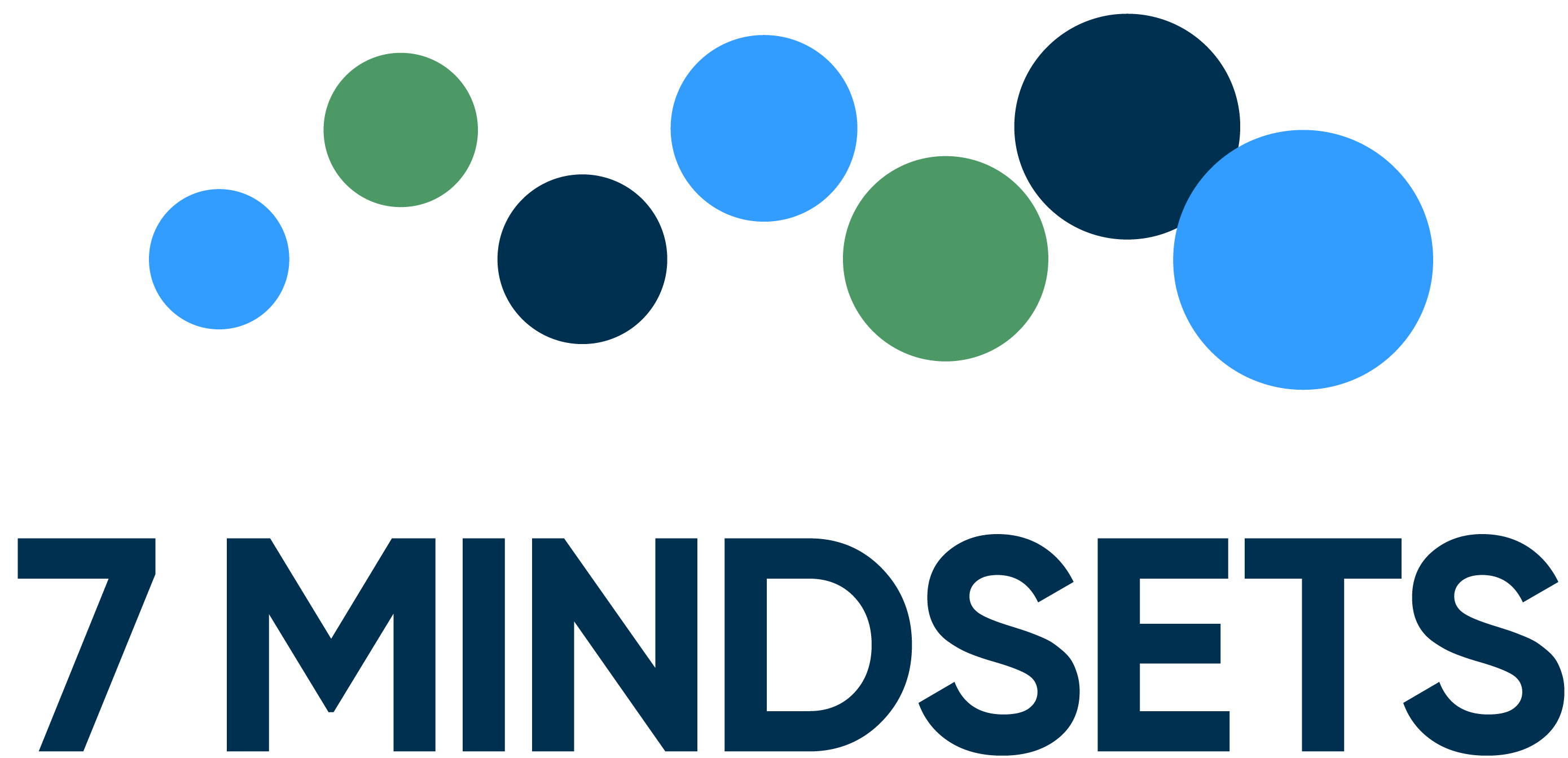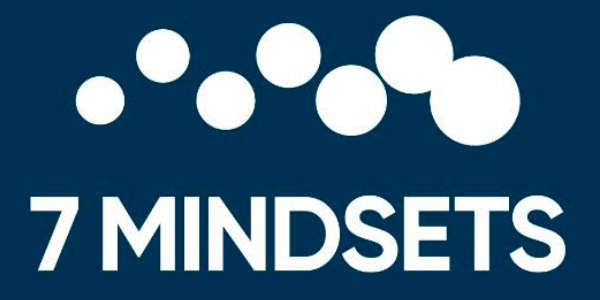Case Study
Jackson County Schools is a public school district located in Jefferson, GA. It has approximately 9,200 students in grades PK, K-12 with a student-teacher ratio of 14 to 1. According to state test scores, 52% of students are at least proficient in math and 47% in reading. More than $7,000,000 in scholarships have been awarded to students in the district since it was established.
Jackson County Schools – Jefferson, GA
Challenge
A rapidly growing district needed better ways to form relationships with and empower its students.
Solution
After a few schools implemented 7 Mindsets, it became a county-wide initiative.
Results
District and school leaders see a difference in the attitude and actions of both staff and students, as well as stronger bonds with students.
As the 10th fastest growing county in the U.S., Georgia’s Jackson county regularly adds new schools, colleges, and career centers to its already-robust lineup of educational institutions. When the pandemic hit in March 2020, Jackson County Schools knew that it needed a way to keep its teachers and students connected in the remote-learning space.
At the time, the district was in the final rollout of a 1:1 Chromebook initiative. “Most of our students had some level of connectivity, even if it meant they had to drive up to the school parking lot and use our access points,” said Todd Nickelsen, Assistant Superintendent for Teaching and Learning. “Despite our best efforts, we knew that our kids felt disconnected and worried about the future.”
Concurrently, one of the county’s elementary schools—its highest Title I school—was at about 80% free and reduced lunch. “With that level of poverty,” said Nickelsen, “teachers and staff were struggling with ways to ensure that students and their parents both felt supported and connected during this difficult time.”
A Fresh Start
To kick off the 2020-21 school year, Jackson County Schools focused on pairing up every student (even kindergartner’s) with a mentor who would serve as that child’s advocate and graduation coach.
“We realized that students may not get to graduation if they don’t have that level of advocacy and mentorship,” said Nickelsen, who was introduced to the 7 Mindsets curriculum by a group of Maysville Elementary School teachers who wanted to pilot the program.
“We set aside money for them to pilot 7 Mindsets,” said Nickelsen, “and then we brought in several other vendors and used a very formalized process to pick our curriculum. 7 Mindsets rose to the top as not just a solution for that particular elementary school, but to be a solution for all of our schools.”
Embracing Mindset-based Learning
Once it identified 7 Mindsets as its curriculum provider, Jackson County Schools introduced the new initiative at its district retreat. It then began rolling out the 7 Mindsets curriculum districtwide with a focus on creating stronger bonds with and between students and teachers across all grades.
Every month, the district celebrates one teacher and one student from each school who exude one of the mindsets (e.g., everything is possible, passion first, we are connected, etc.). Before the monthly board meeting begins, attendees are shown a short slide presentation featuring those individuals and a few sentences about how they display the specific mindset.
Individual schools are also doing an “amazing job” of infusing mindset learning into their daily activities, said Nickelsen. For example, some use bulletin boards and sticky notes that students can use to write a note to someone whom they are grateful for. “Other schools give students opportunities to buy someone a soda and put a little note and a Coke in their mailboxes.”
A few schools have created “selfie boards” where students can snap a pic of themselves wearing wings, with the writing prompt “I can soar because…” giving them the chance to finish that statement. These are just a few of the many ways Jackson County Schools has embraced the 7 Mindsets curriculum.
“For us, 7 Mindsets helps initiate and deepen connections with our students, all while extending the impact of those relationships so that they have a lasting effect beyond their tenure in the classroom,” said Nickelsen. “It fills a gap that we’ve been struggling with for years and it answers that question of “why?” with distinct resources and guidance as to the types of conversations and expectations we set for ourselves and for students.”




